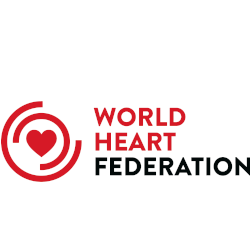Original Research
Trends in Secondary Prevention of Coronary Heart Disease in Tunisia: Prevention of Recurrences of MI and Stroke
Abstract
OBJECTIVES The survival benefits achieved by prescription of antiplatelet agents, B-adrenoreceptor antagonists (beta-blockers), angiotensin II receptor blockers (ARB), and lipid lowering agents in patients surviving the myocardial infarction (MI) have been well documented in large clinical trial. Despite wellestablished benefits, these pharmacological agents continue to be underutilized. The main objective of this study was to evaluate the progress of cardiovascular secondary prevention practices in Tunisia.
METHODS The PREMISE (Prevention of Recurrence of Myocardial Infarction and Stroke) is a descriptive, cross-sectional study conducted in Tunisia in two phases (2002 and 2009). Seven hundred eighty two patients were recruited. The recruitment criteria were: previous MI, stable angina, unstable angina, percutaneous transluminal coronary angioplasty (PTCA), coronary artery bypass graft (CABG), stroke, transient ischemic attack (TIA) or carotid endarterectomy. This analysis is limited to coronary heart disease (CHD) patients. Five hundred hospital patients were interviewed and their medical records were reviewed: 250 in 2002 and 250 in 2009. Patients were included if they had confirmed diagnosis of MI, angina, CABG or PTCA, and if their first cardiovascular event had occurred more than one month but not later than 3 years ago. We compared the total of both patient groups, using the prevalence of Cardio-Vascular Risk Factors (CVRF) and the treatment prescribed at hospital discharge.
RESULTS The proportion of patients with reported hypertension, diabetes, hypercholesterolemia and current smoker patients had decreased. Concerning pharmacological prescriptions, a significant increase was observed in prescribing statins (38.9% vs. 70.3%) and ACE inhibitors (49.3% vs. 69.9%), non pharmacological prescriptions as healthy diet or tobacco cessation had opposite trends. Adherence to treatment did not change substantially.
CONCLUSION Although the use of cardioprotective drugs had increased in CHD patients, there are still gaps in secondary prevention in Tunisia. The recommended strategies of secondary prevention need to be applied more intensively in clinical practice.


